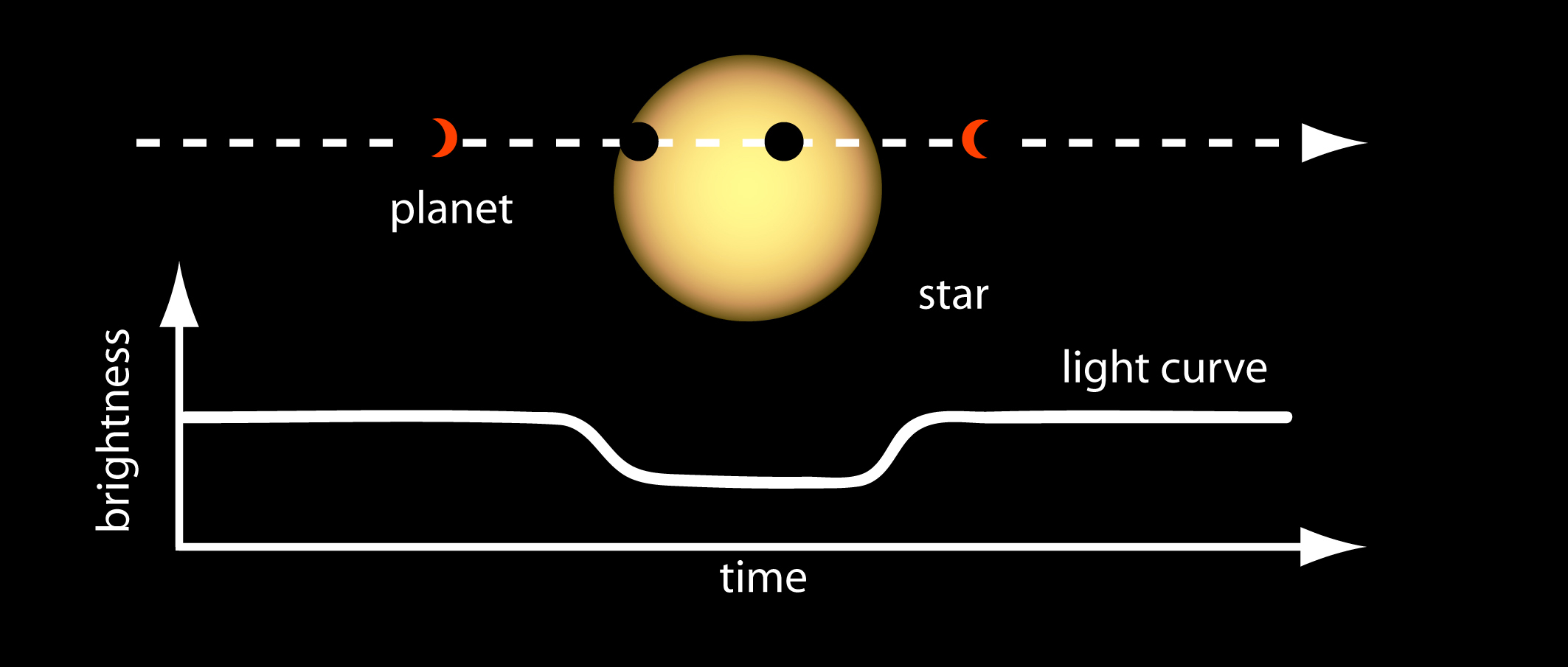Eclipses, or more precisely transits, are being used to find thousands of planets outside of our Solar System.
Eclipses are generally described as “an obscuring of the light from one celestial body by the passage of another between it and the observer or between it and its source of illumination” (Oxford Languages). In astronomy that happens during a transit, i.e. when an object passes in front of another celestial body.
Astronomers use transits to hunt for planets orbiting stars other than the Sun. Such planets are called extrasolar planets or exoplanets. There are different ways and techniques to find them, but the most fruitful one so far is the transit method.
As the word suggests, it uses the fact that when an exoplanet passes in front of its parent star, it blocks some of the star’s light, making it slightly dimmer. With highly sensitive detectors, space telescopes such as Kepler and TESS and capable of detecting the tinny drop in brightness created by the transit of an exoplanet traveling in front of the star. If the telescope can see that transit happening two or more times, it found a planet! The duration of the transit, the amount of light lost during the transit, and the pattern of the so-called light curve produced during the transits help astrophysicists figure out the size and mass of the exoplanet involved.
Transit data are rich with information. By measuring the depth of the dip in brightness and knowing the size of the star, scientists can determine the size or radius of the planet. The orbital period of the planet can be determined by measuring the elapsed time between transits. Once the orbital period is known, Kepler’s Third Law of Planetary Motion can be applied to determine the average distance of the planet from its stars.
